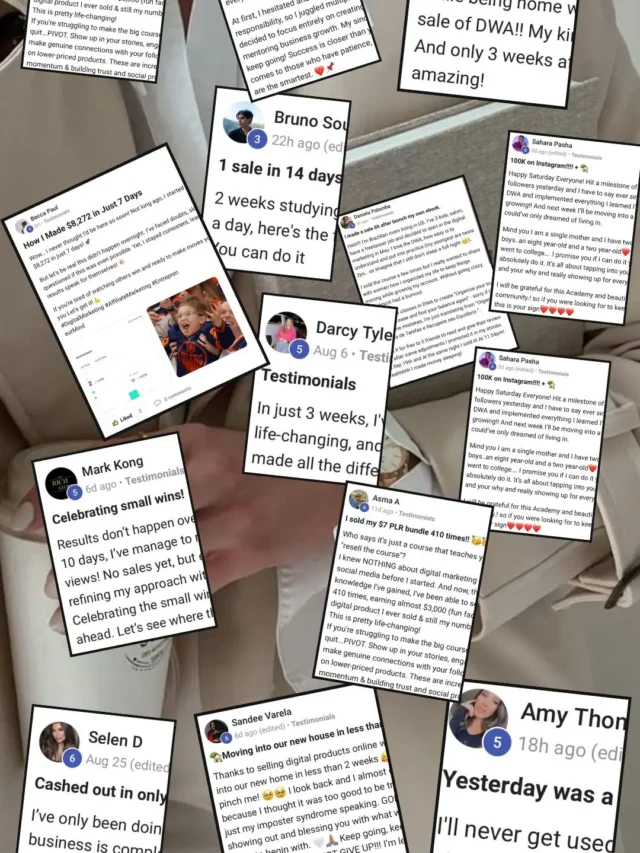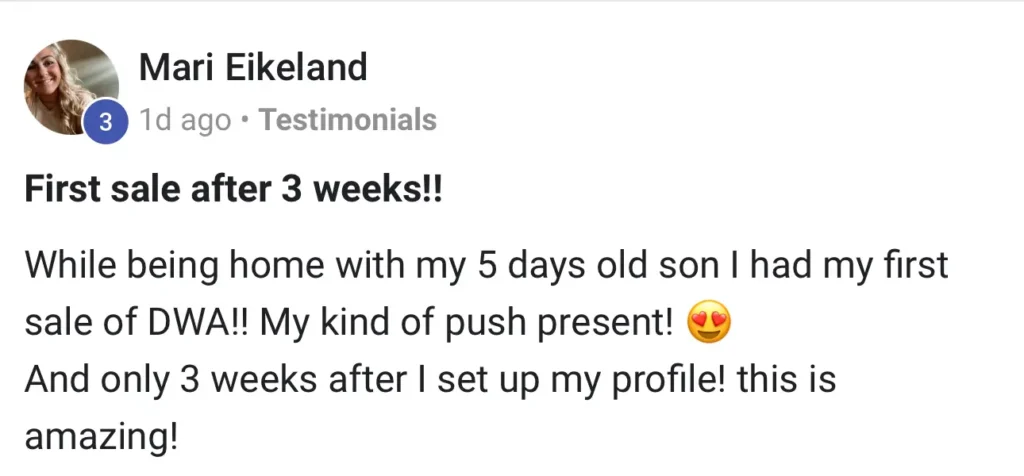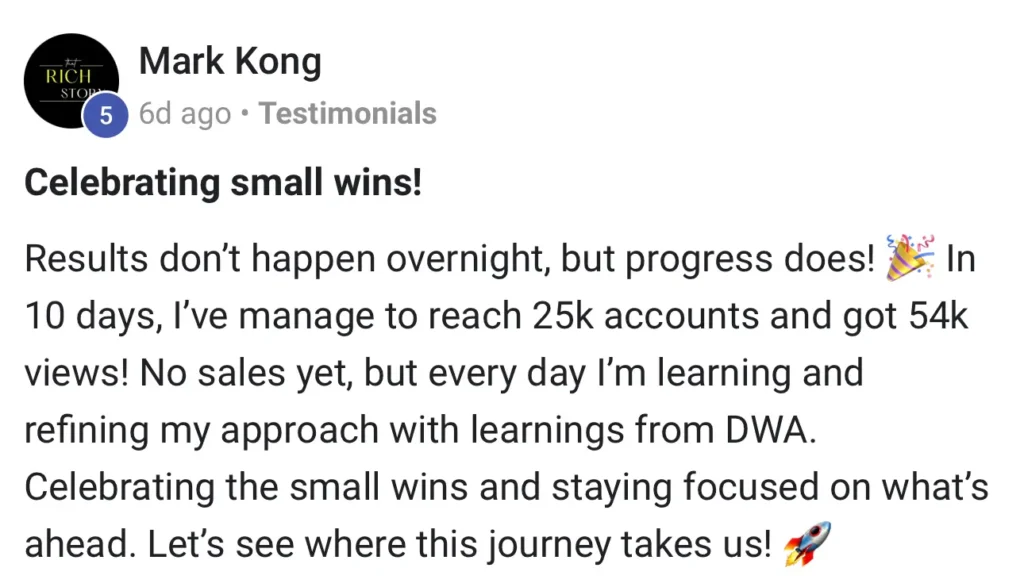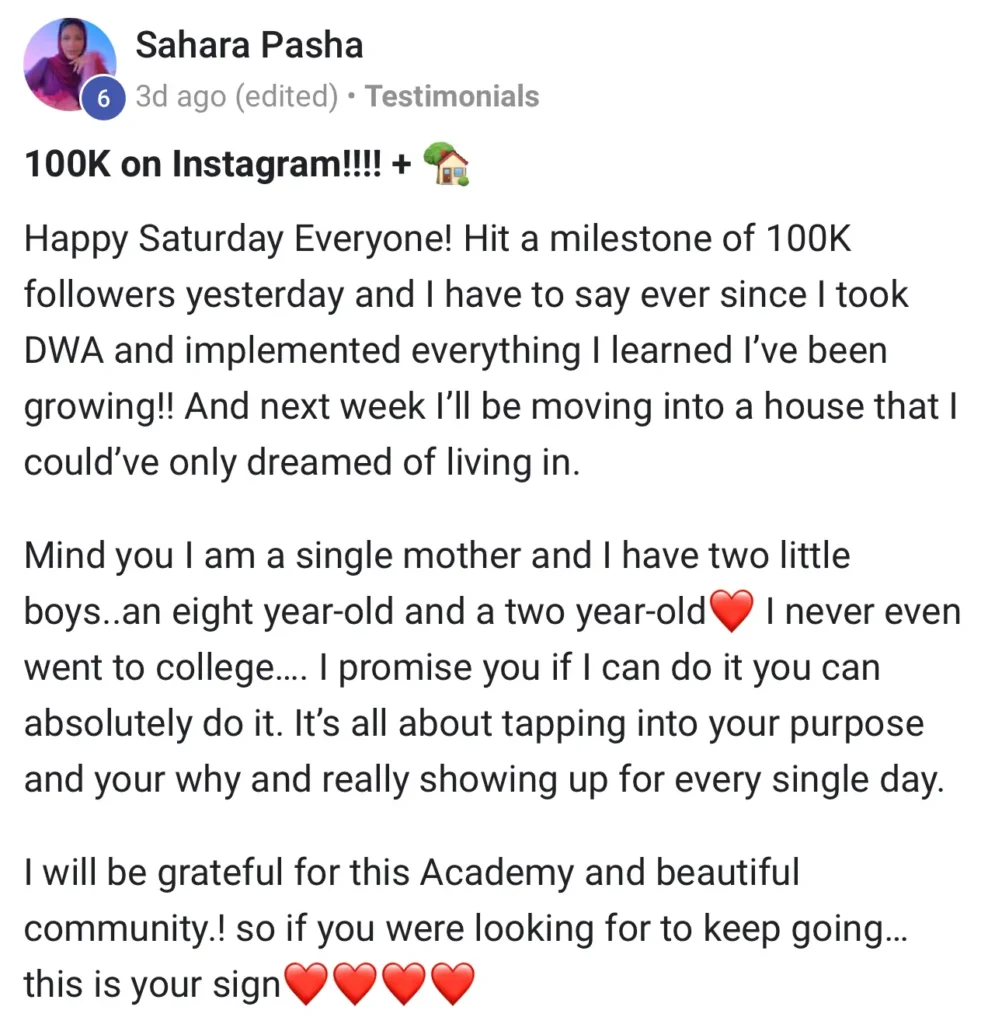Learning how to manage money isn’t just about budgeting.
It’s about understanding how to grow, control, and direct your income with purpose.
And the first step?
Increase your income so you actually have more to manage.
Ever wonder why some people seem to effortlessly handle their finances while others live paycheck to paycheck?
Spoiler: It’s not magic, it’s about having the right roadmap.
Let’s face it, schools barely teach this stuff.
Only 25 states require personal finance classes, which means most of us learn through trial and error (hello, ramen noodle budget days).
But here’s the good news: You don’t need a finance degree to take control.
I’ve been where you are, staring at bank statements like they’re ancient hieroglyphics.
The breakthrough came when I stopped chasing perfection and focused on three things: knowing where my money goes, setting clear targets, and making intentional choices.
Turns out, that’s 90% of the battle.
This guide cuts through the noise.
We’ll ditch confusing jargon for real world strategies that stick.
Whether you’re saving for a cross country road trip or planning retirement, you’ll learn to align your spending with what truly matters to you.
But before focusing on cutting expenses or saving pennies, focus on investing in yourself.
That is the best investment you can make, and it will provide a return on the investment throughout your lifetime.
Learn a high income skill, grow your earning potential, and give yourself room to manage your money effectively.
That’s why I recommend Digital Wealth Academy (DWA).
DWA teaches you how to create digital income streams, choose a business model that fits your lifestyle, and scale your monthly cash flow, all from scratch.
With more income coming in, you’ll be able to:
- Budget with clarity
- Save and invest with purpose
- Pay off debt faster
- Build long term financial freedom
Managing money starts with having money to manage, and DWA gives you the tools to create it.
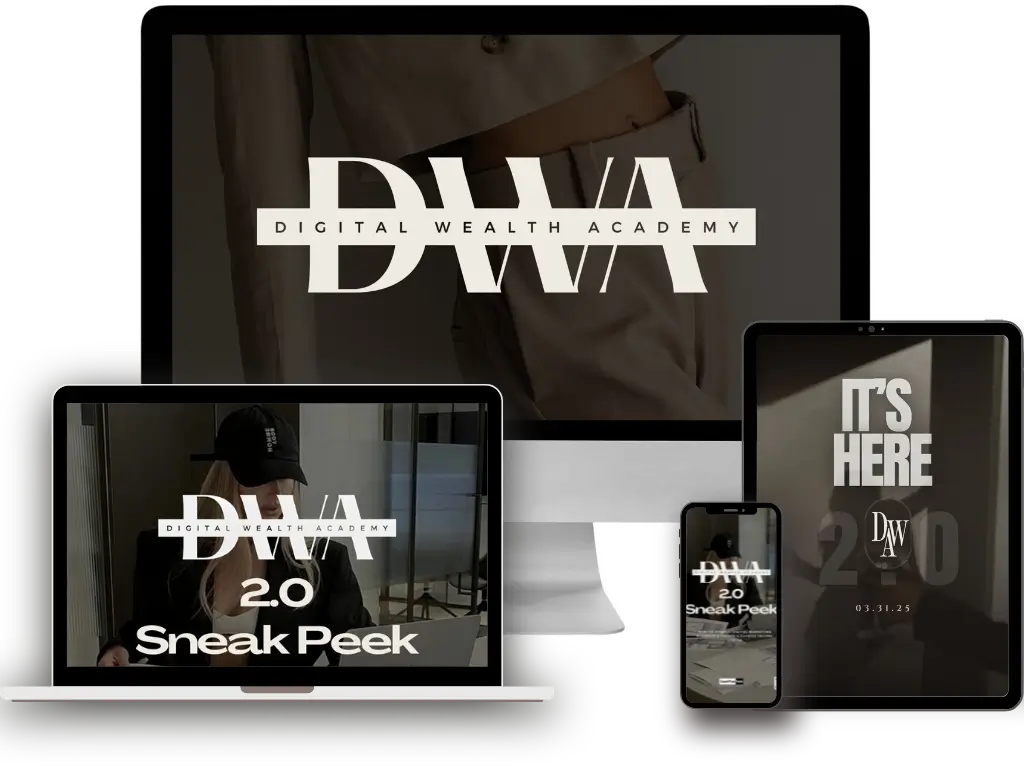
a free beginner’s guide
DWA Sneak Peek
Learn the easiest and fastest way to start or exponentially grow your existing business.

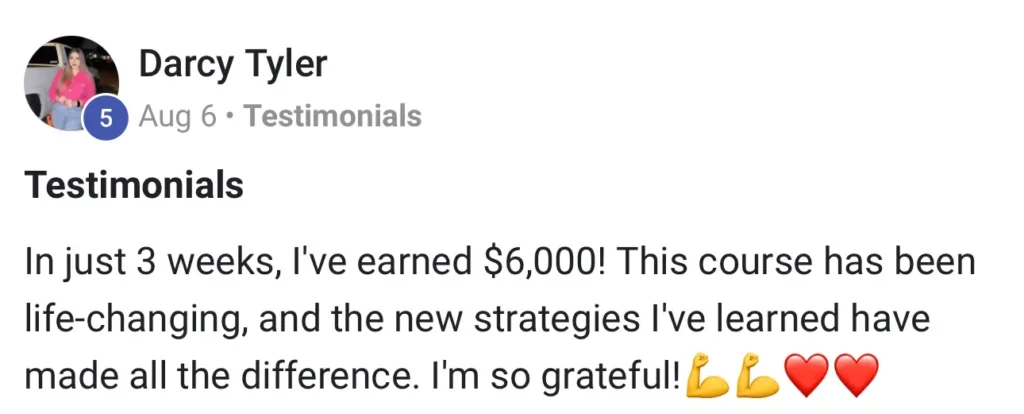
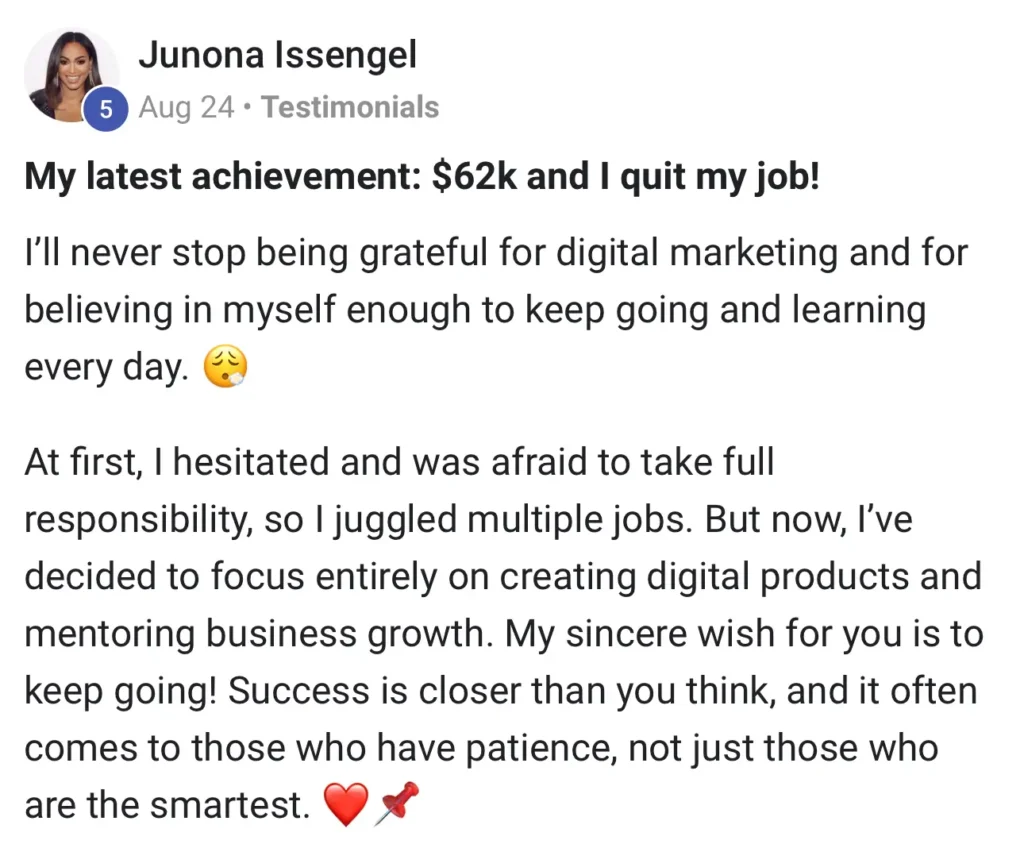
Table of Contents
Key Takeaways
Financial confidence starts with understanding your current situation
Clear priorities transform random saving into purposeful action
Small, consistent steps beat overwhelming overhauls
Tracking progress creates motivation to keep going
Flexible plans adapt better to life’s surprises
Understanding Your Financial Situation
Let’s cut through the noise.
Financial clarity begins with cold, hard numbers.
Picture this: 73% of Americans feel stressed about their income and expenses, but only 32% actually track them.
Time to grab that coffee (no judgment) and dig into your numbers.
Assessing Your Income and Expenses
First things first.
Your take home pay isn’t what’s on your offer letter.
That’s after tax income?
That’s your real spending power.
Pro tip: Combine pay stubs with bank statements for accuracy.
Found that $9.99 streaming service you forgot about?
Welcome to the club.
Identifying Areas for Financial Improvement
Here’s where math becomes your best friend:
- Monthly income minus monthly bills = your magic number
- Positive balance? High five! Negative? We’ve got work to do
- Spot recurring charges for apps you never use, they’re budget vampires
“What gets measured gets managed”, as my accountant friend says.
This isn’t about deprivation.
It’s about aligning your budget with what actually matters to you.
Found $150 in unused subscriptions?
That’s a weekend getaway waiting to happen.
Setting Clear Financial Goals
Picture your finances as a road trip without a map, exciting at first, but eventually you’ll need directions.
I learned this the hard way after saving $200 per month for “future stuff” that never materialized.
Goals turn vague intentions into actionable steps, like deciding whether you’re driving to Miami or Milwaukee.
Short Term vs. Long Term Objectives
Think of your financial targets like workout routines: quick sprints and marathon training.
Short term goals (under 3 years) keep you motivated with visible progress.
Common examples:
- Building a 3 month emergency fund
- Saving for next summer’s vacation
- Paying off medical bills
Long term objectives shape your financial legacy.
A friend recently celebrated hitting 50% of her retirement savings target at 35.
She started with just 6% of her income.
These goals require patience but deliver compound rewards:
- 20% home down payment fund
- College savings plan for kids
- Business startup capital
Creating a Customized Financial Roadmap
Your plan should fit like your favorite jeans, comfortable yet structured.
When my cousin wanted a $5k car down payment by December, we broke it into $385 monthly deposits.
Three keys to success:
- Align targets with your income and lifestyle
- Build in flexibility for surprise expenses
- Review quarterly like a CEO evaluates profits
Remember that couple who shifted from “saving for kids” to “adoption fees” last year?
Their roadmap changed, but their progress didn’t.
Financial plans thrive when they evolve with your life’s plot twists.

a free beginner’s guide
DWA Sneak Peek
Learn the easiest and fastest way to start or exponentially grow your existing business.
How to manage money: Budgeting and Smart Spending
Think of your budget as a GPS for your cash, it tells you where you’re going, not just where you’ve been.
When I helped my cousin overhaul their finances, we discovered $237 per month disappearing into unused app subscriptions and impulse buys.
That’s a flight to Hawaii every year they were missing out on.
Developing a Realistic Monthly Budget
Start with the 50/30/20 framework, but make it yours.
My neighbor Sarah allocates 35% to housing because she loves her downtown loft, but balances it with smaller entertainment costs.
Track every dollar for 30 days, you’ll spot patterns faster than a detective finds clues.
| Expense Type | Recommended % | Real World Example |
|---|---|---|
| Rent/Mortgage | ≤30% | $1,200 on $4,000 income |
| Utilities | 5-10% | $300 for phone/internet |
| Groceries | 10-15% | $600 family of four |
Prioritizing Expenses and Savings
“A budget is permission to spend”, says financial planner Lisa Chen.
Start with essentials, then fund what fuels your joy.
My rule?
If it doesn’t make you smile or keep you safe, question it.
“Your first budget isn’t a contract. It’s a conversation with your habits”.
Adjust like you’re tuning a guitar, small tweaks create better harmony.
Found yourself overspending on takeout?
Shift $50 from clothing to food.
The goal isn’t perfection, it’s progress you can sustain.
Understanding Compound Interest and Debt Management
Here’s a secret your bank won’t tell you:
Compound interest is either your wealth building superhero or your budget’s arch nemesis.
Picture two snowballs, one rolling downhill gathering value, the other burying you in financial stress.
Which one you get depends entirely on which side of the equation you’re on.

Make Your Savings Work Overtime
That $1,000 emergency fund?
At 3% interest, it becomes $1,343 in 10 years without lifting a finger.
My friend Derek started with just $50 per month in a high yield account.
Now he’s earning $23 per month in interest payments.
The trick?
Start early and let time do the heavy lifting.
Escaping the Debt Spiral
Credit cards are compound interest’s favorite playground.
That $1,000 balance at 18% APR?
Minimum payments turn it into a 5 year $1,538 nightmare.
I learned this the hard way after college.
A friend $2k balance ballooned to $3,100 before he got serious.
Three debt busting moves that work:
- Attack high interest balances first (yes, even if they’re smaller)
- Add $20 extra to monthly payments, cuts repayment time by months
- Freeze new charges until you’re debt free
“Compound interest on debt is financial quicksand, struggle makes it worse”.
Remember: Every dollar paid toward credit card debt stops future interest growth.
Found an extra $50 per month?
That’s $600per year accelerating your freedom date.
Your future self will thank you.
Investing in Your Future
Your future self is watching, what story do you want to tell?
I nearly missed my own retirement planning wake up call until a friend showed me her 401(k) statement growing faster than avocado toast prices.
Turns out, smart investing isn’t about being rich now.
It’s about becoming secure later.
Setting Up a 401(k) or IRA
Employer sponsored plans are like free money piñatas, swing hard.
If your job matches contributions, contribute at least enough to grab the full match.
My cousin boosted his retirement account by $1,200 last year just through employer matching.
Pro tip: Automate increases every raise season.
Building an Investment Profile
Think of your portfolio like a pizza.
Diversify your toppings.
Start simple:
Low risk base: Target date funds or ETFs
Growth layer: Sector specific stocks
Spice: 5 to 10% in passion projects
Rebalance quarterly like checking tire pressure.
Your 30 year old self and 65 year old self need different strategies.
What works for your neighbor’s account might not suit your timeline or sleep at night factor.
Real Life Results: Explore More DWA Testimonials
Discover how Digital Wealth Academy is changing lives.
Read authentic success stories and see the incredible results members are achieving with the DWA program.
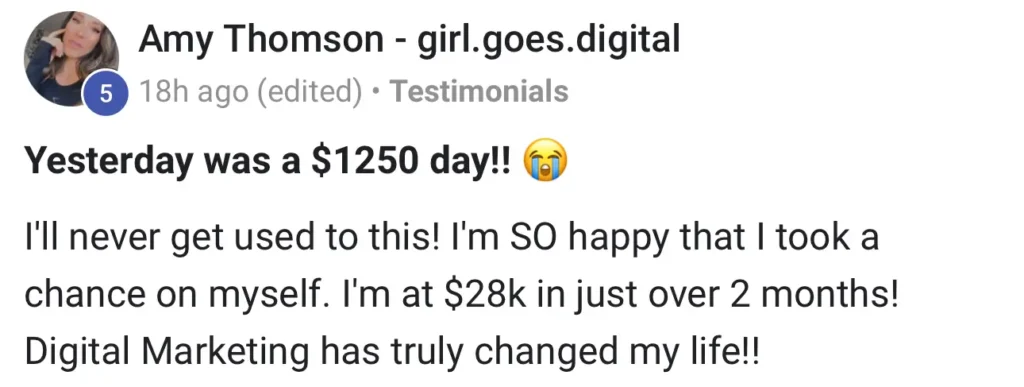
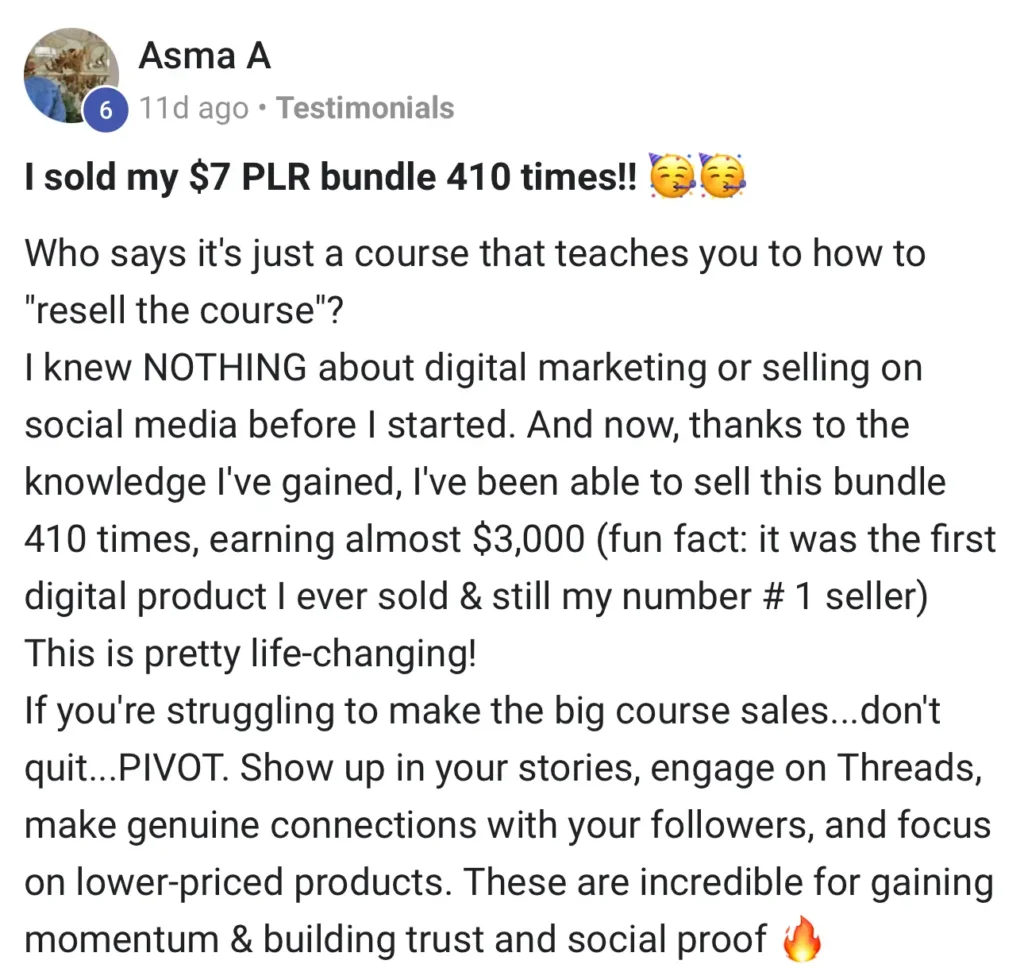

FAQ
How much should I save from each paycheck?
Aim for 20% of your income as a starting point. Use the 50/30/20 rule: 50% for needs (rent or bills), 30% for wants, and 20% for savings (or better, investments) or debt payments. Apps like Mint or YNAB can help automate this split.
Should I pay off debt or build savings first?
Knock out high interest credit card debt ASAP. It grows faster than most savings. But keep a mini emergency fund ($1,000) first. Once debt’s under control, boost savings to 3 to 6 months’ expenses.
What’s the fastest way to improve my credit score?
Pay bills on time (35% of your FICO score) and keep credit utilization below 30%. Dispute errors on your Experian or TransUnion reports. Becoming an authorized user on a family member’s old credit card account can also help.
How do I start investing with limited cash?
Micro investing apps like Acorns or Robinhood let you start with $5. Prioritize employer 401(k) matches first. That’s free money. ETFs like VOO (Vanguard S&P 500) are low cost entry points for beginners.
Is renting really “throwing money away”?
Not necessarily. If your rent is below 30% of your income and you’re investing the difference, renting can be smarter than an oversized mortgage. Use the New York Times Rent vs. Buy Calculator to crunch your local numbers.
How do I talk to my partner about money without fighting?
Schedule a “money date” with wine and spreadsheets. Start with shared goals (vacations, home down payment). Apps like Honeydue help couples track joint expenses while maintaining financial privacy.
What’s the biggest mistake people make with bonuses?
Blowing it all on lifestyle creep. Follow the 50/30/20 bonus rule: 50% to debt/savings, 30% for fun, 20% for taxes. That $5,000 bonus? At least $2,500 should go to your emergency fund or Roth IRA.
Are balance transfer cards worth the fee?
If you have >$5k in credit card debt, yes. A 3% fee for 0% APR for 18 months beats 24% interest. But freeze the card after transferring, no new charges. Chase Slate and Citi Simplicity are top options.




